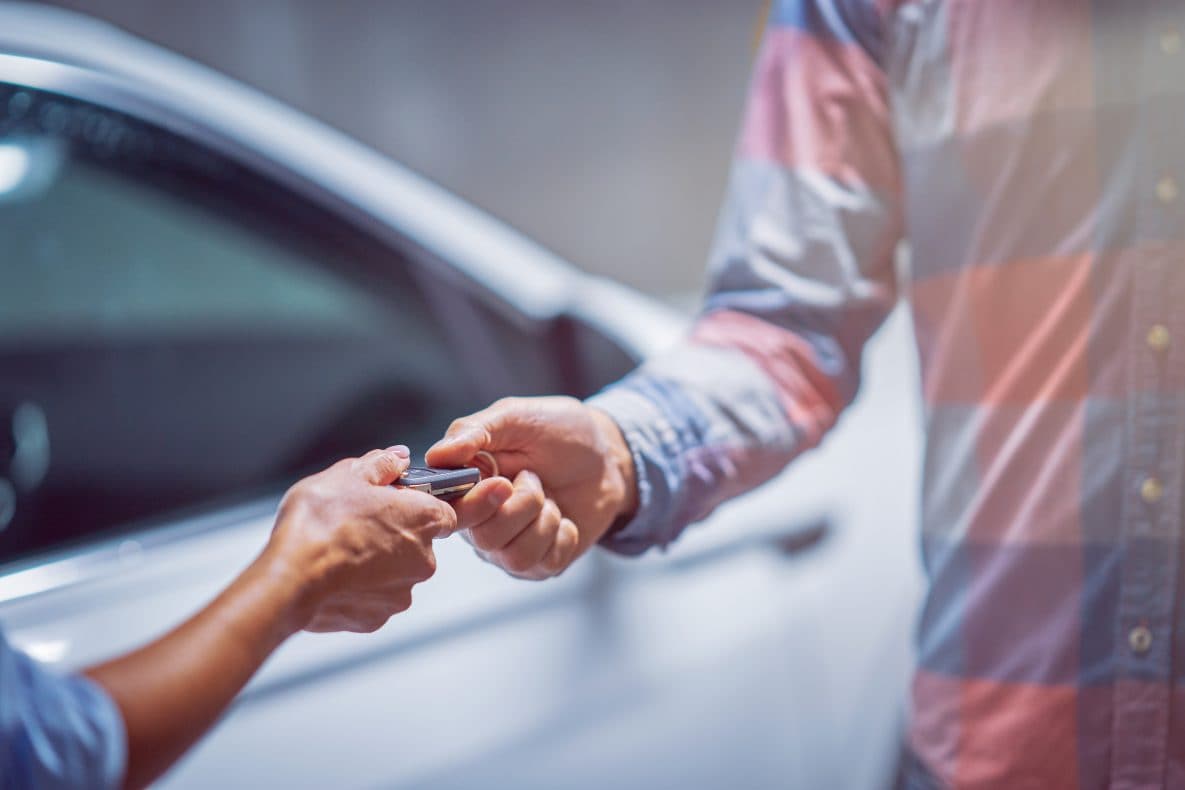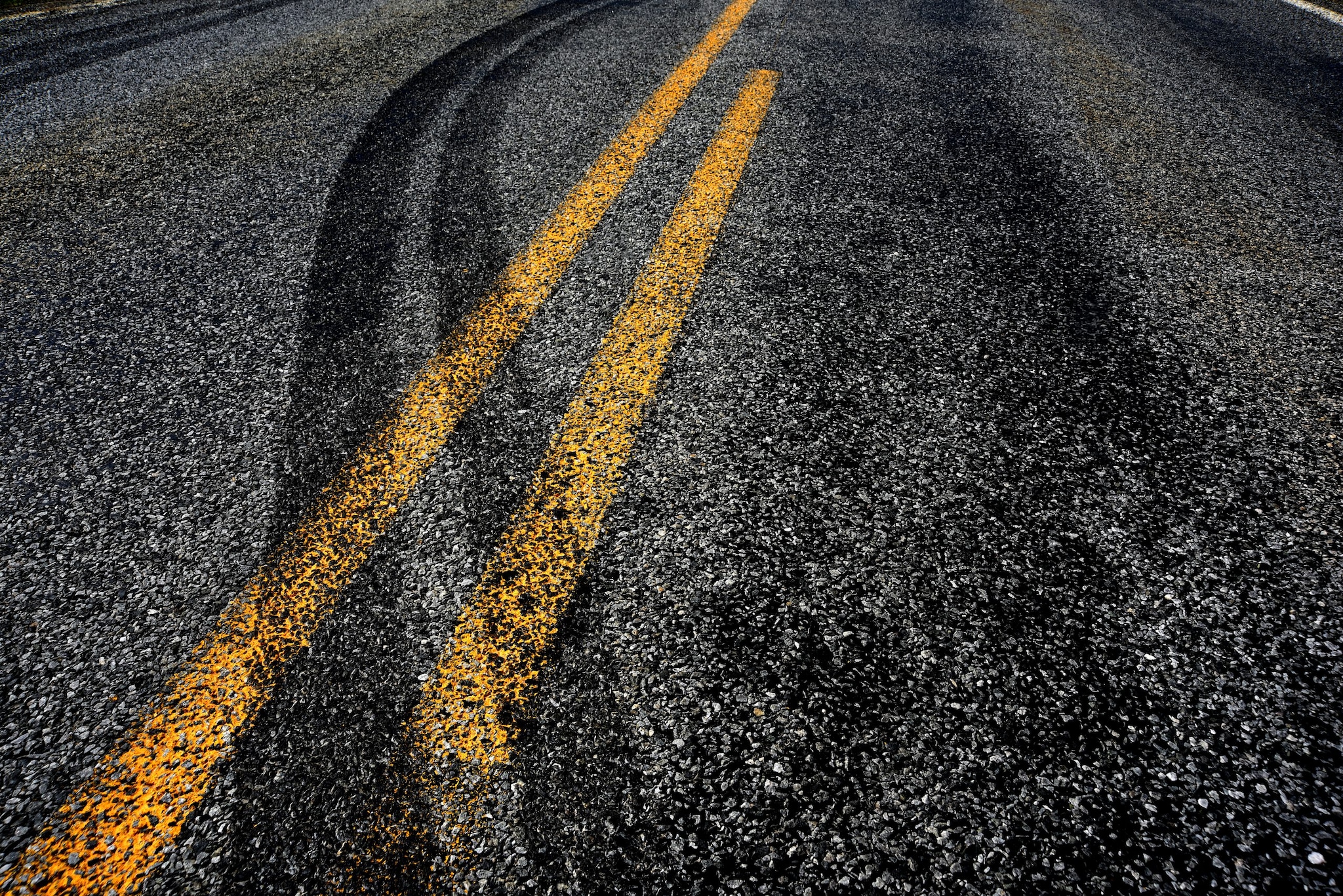What You Need to Know about Substance Use and Driving – Including Marijuana

Each December, we recognize National Impaired Driving Prevention Month to raise awareness about the dangers of impaired driving and how to prevent impaired driving and related crashes, injuries, and deaths.
Driving while impaired by any substance is dangerous and illegal. The following substances can impair driving:
- Alcohol
- Marijuana
- Other illicit drugs like heroin, cocaine, methamphetamine, or hallucinogens
- Some prescription medications like opioids and antidepressants
- Some over-the-counter medications like sleep aids and allergy medicines
- 11,654 people in the United States were killed in alcohol-impaired driving crashes in 2020—a 14% increase from 2019. That’s about 32 people every day or one person every 45 minutes.[i]
- 7 million Americans reported driving under the influence of marijuana or other illicit drugs in 2020.[ii]
- Alcohol and marijuana were the two most commonly reported substances involved in impaired driving in 2018, with 8% and 4.7% of the U.S. population aged ≥16 years reporting alcohol and marijuana respectively.[iii]
- 1 in 8 high school student drivers reported driving after using marijuana at least once during the past month in 2017.[iv]
How Does Substance Use Affect Driving?
How Marijuana Use Affects Driving
Driving is a complex task that requires your full attention to stay safe and alert. Marijuana use affects areas of the brain that control your body’s movements, balance, coordination, memory, and judgment. Marijuana use can impair important skills required for safe driving by:
- Slowing your reaction time and ability to make decisions
- Making it difficult to multitask
- Impairing coordination
- Distorting perception[i],[ii],[iii]
If you are impaired, you cannot drive safely. It is illegal and dangerous to drive if you are impaired after using marijuana.
How Alcohol Affects Driving
The amount of alcohol in a person’s system is called blood alcohol concentration (BAC). Most states have set the legal BAC limit for driving at 0.08 grams of alcohol per deciliter (g/dL); the limit is 0.05g/dL in Utah.[i] However, impairment starts at lower BAC levels, with even small amounts of alcohol affecting the ability to drive. The effects of alcohol use on driving include:
- Difficulty steering
- Reduced ability to respond to emergency driving situations
- Reduced ability to maintain lane position and brake appropriately
- Reduced ability to process what is happening on the road
Use of Multiple Substances While Driving
The use of more than one drug together or in a short time frame, also known as polysubstance use, can make driving especially dangerous. Studies have shown that the use of multiple substances (such as marijuana and alcohol) at the same time can increase impairment.[i],[ii] Whether intentional or not, mixing drugs is never safe because the effects from combining drugs may be stronger and more unpredictable than one drug alone, and even deadly.
How Can You Prevent Impaired Driving?

What drivers can do
- Plan ahead. If you plan to drink alcohol or use drugs, make plans so that you do not have to drive.
- Agree on a trusted designated driver ahead of time. If you are with a group, agree on a trusted designated driver in the group who will not drink alcohol or use drugs.
- Get a ride home. If you have been drinking alcohol and/or using other drugs, get a ride home with a driver who has not been drinking or using drugs, use a rideshare service, or call a taxi.
What everyone can do
- Don’t let your friends drive while impaired by alcohol and/or other drugs.
- Don’t ride with an impaired driver.
- If you’re hosting a party where alcohol or other drugs will be available, remind your guests to plan ahead. Agree on a trusted designated driver who will not drink alcohol or use other drugs, or arrange for alternative transportation. Offer alcohol-free beverages, and make sure all guests leave with a driver who has not been drinking alcohol and/or using other drugs.
- If you or someone you know is having trouble with alcohol or other drugs, help is available.
- Always wear a seat belt on every trip—regardless of whether you’re the driver, the front seat passenger, or a back seat passenger. Wearing a seat belt reduces the risk of dying or being seriously injured in a crash by about half.[i]
- National Highway Traffic Safety Administration (NHTSA). Traffic Safety Facts 2020 Data: Alcohol-Impaired Driving (Report No DOT HS 813 294). Washington, DC: U.S. Department of Transportation, National Highway Traffic Safety Administration, National Center for Statistics and Analysis; April 2022.
- Center for Behavioral Health Statistics and Quality. (2022). 2020 National Survey on Drug Use and Health: Detailed Tables. Substance Abuse and Mental Health Services Administration, Rockville, MD.
- Azofeifa A, Rexach-Guzmán BD, Hagemeyer AN, Rudd RA, Sauber-Schatz EK. Driving Under the Influence of Marijuana and Illicit Drugs Among Persons Aged ≥16 Years — United States, 2018. MMWR Morb Mortal Wkly Rep. 2019;68(50):1153–1157. doi:10.15585/mmwr.mm6850a1
- Li L, Hu G, Schwebel DC, Zhu M. Analysis of US Teen Driving After Using Marijuana, 2017. JAMA Netw Open. 2020;3(12):e2030473. doi:10.1001/jamanetworkopen.2020.30473
- National Academies of Sciences, Engineering, and Medicine; Health and Medicine Division; Board on Population Health and Public Health Practice; Committee on the Health Effects of Marijuana: An Evidence Review and Research Agenda. The Health Effects of Cannabis and Cannabinoids: The Current State of Evidence and Recommendations for Research. Washington, DC: National Academies Press (US); 2017.
- Compton R. Marijuana-Impaired Driving – A Report to Congress (Report No. DOT HS 812 440). Washington, DC: U.S. Department of Transportation, National Highway Traffic Safety Administration (NHTSA); July 2017.
- Desrosiers NA, Ramaekers JG, Chauchard E, Gorelick DA, Huestis MA. Smoked cannabis’ psychomotor and neurocognitive effects in occasional and frequent smokers. J Anal Toxicol. 2015 May;39(4):251–261. doi: 10.1093/jat/bkv012.
- Insurance Institute for Highway Safety (IIHS), Highway Loss Data Institute (HLDI). Alcohol and Drugs. Insurance Institute for Highway Safety, Highway Loss Data Institute; 2022.
- Hartman RL, Huestis MA. Cannabis effects on driving skills. Clin Chem. 2013 Mar;59(3):478-92. doi: 10.1373/clinchem.2012.194381. Epub 2012 Dec 7. PMID: 23220273; PMCID: PMC3836260.
- Wilson FA, Stimpson JP, Pagán JA. Fatal crashes from drivers testing positive for drugs in the U.S., 1993-2010. Public Health Rep. 2014 Jul-Aug;129(4):342-50. doi: 10.1177/003335491412900409. PMID: 24982537; PMCID: PMC4037460.
- Kahane CJ. Lives Saved by Vehicle Safety Technologies and Associated Federal Motor Vehicle Safety Standards, 1960 to 2012 – Passenger Cars and LTVs – With Reviews of 26 FMVSS and the Effectiveness of Their Associated Safety Technologies in Reducing Fatalities, Injuries, and Crashes (Report No. DOT HS 812 069). Washington, DC: U.S. Department of Transportation, National Highway Traffic Safety Administration (NHTSA); January 2015.
- CDC: What You Need to Know About Marijuana Use and Driving
- CDC: Impaired Driving
- CDC: Marijuana and Public Health
- CDC: Drug-Impaired Driving Fact Sheet
- National Highway Traffic Safety Administration (NHTSA): Drunk Driving
- National Highway Traffic Safety Administration (NHTSA): Drug-Impaired Driving
- Dangers of Driving After Taking Prescription Drugs or Over-the-Counter Medicines